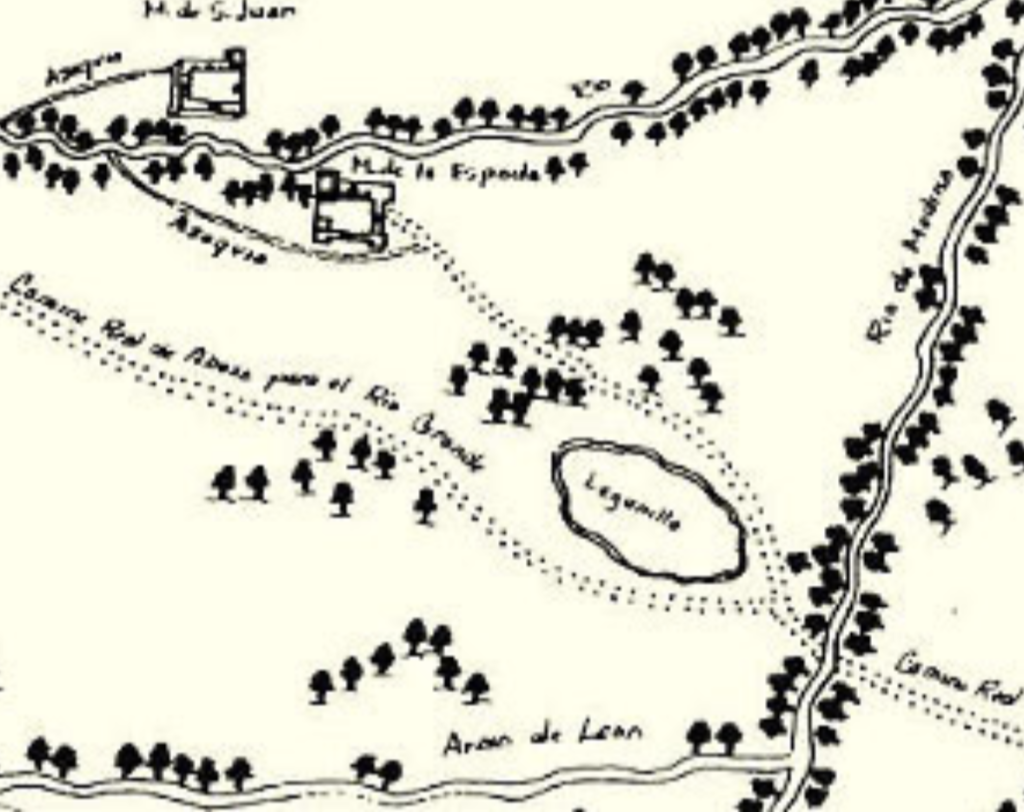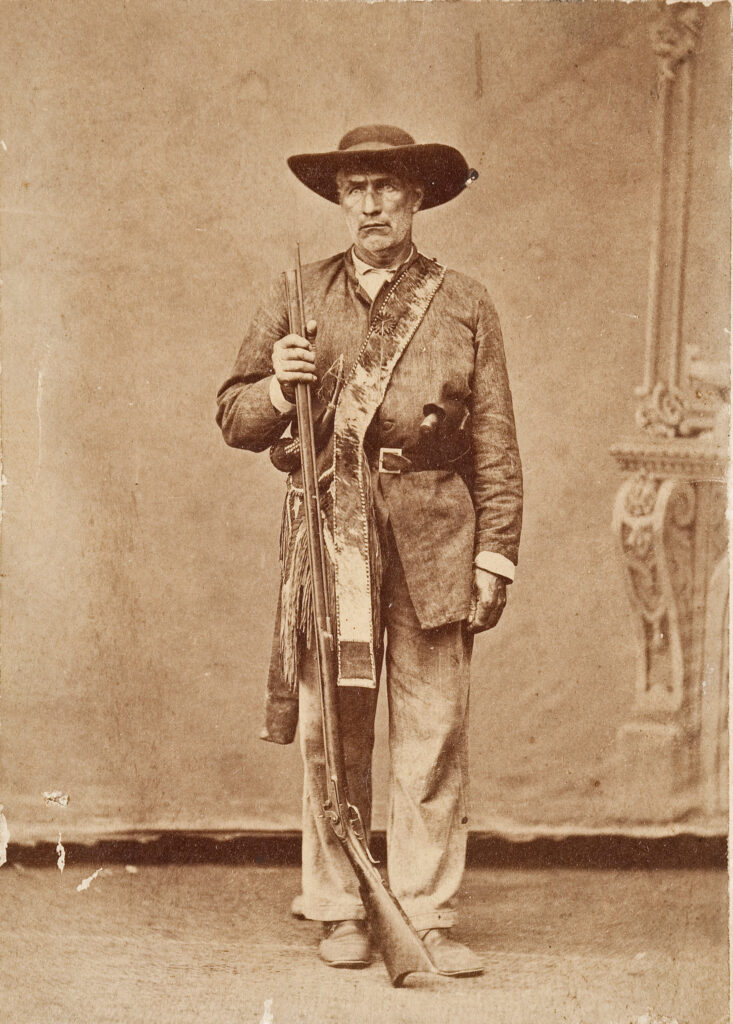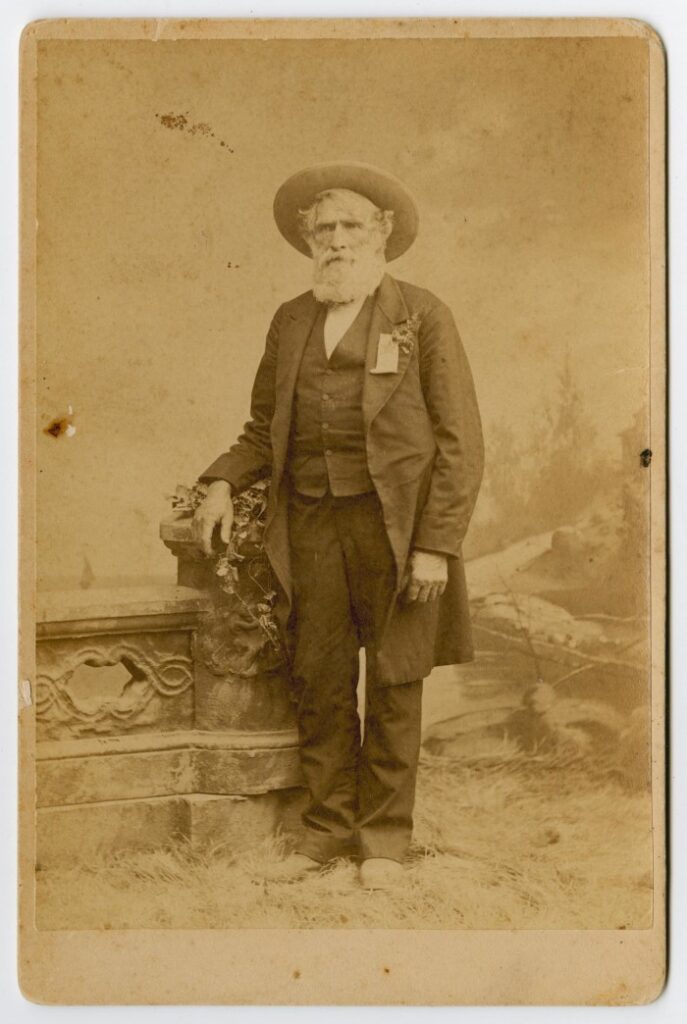In the Spring of 1848, William “Big Foot” Wallace led 30 Texas Rangers on a raid on an unsuspecting Lipan Apache camp in the Medina River Valley.

There was documentation of other bands of Lipan Apache and Comanche attacking Anglo surveyors in the area, who were entering Native land to illegally partition it for sale. These groups were fighting unlawful and violent dispossession.

Wallace instigated this attack as specific retaliation for a Lipan Apache livestock raid in which a mule of his was stolen. For him, these attacks were often personal.

Wallace’s men attacked one camp, which seems to have stood in for his understanding of the conflict more generally, and killed at least 10. Wallace’s band made off with approximately $3000 in booty.

John Duval in his book on Wallace in 1871, who was present for the raid, describes the terror inflicted by Wallace and his Rangers on this particular group of Lipan Apache families and his own guilt in participating.


Duval documented Wallace’s brutal patrolling of the Republic of Texas more generally, showing his contempt for ethnic-Mexicans in the area and the profound satisfaction he took in tracking runaway enslaved people.

Wallace is also in The Texas Rangers Hall of Fame, which traces his arrival in Texas expressly to “take pay out of the Mexicans” in what he saw as revenge for the death of two of his family members in the Texas Revolution.

In the fall of 2022, the Hall of Fame removed language (at least online) praising Wallace’s ability to track fugitive slaves. The entry is now silent on his role in supporting slavery.
Ranger Hall of Fame Removes Praise of Slave-Catching
Images of Wallace, often standing tall and armed, circulate ostensibly in testament to his reputation as a larger-than-life Texas Ranger. But even to his devoted biographer, Duval, he was a more ambivalent character.

Descriptions of Wallace more broadly often include notes about his sense of humor and his laid-back approach to life. At the same time, he was seeking brutal and violent and indiscriminatory revenge against non-Anglo Texans. What does it mean to think of this as heroic?

This thread is a part of the #OTD in Ranger history campaign that @Refusing2Forget is running this year. Follow this twitter handle or https://refusingtoforget.org/ranger-bicentennial-project/, and visit our website https://refusingtoforget.org to learn more.
Refusing to Forget members are @ccarmonawriter @carmona2208 @acerift @soniahistoria @BenjaminHJohns1 @LeahLochoa @MonicaMnzMtz and @Alacranita, another co-founder is @GonzalesT956
@emmpask @sdcroll @HistoryBrian @LorienTinuviel @hangryhistorian, @ddsanchez432! , Brent Campney, Jeffrey Littlejohn, and Miguel Levario are other scholars working on this project.
